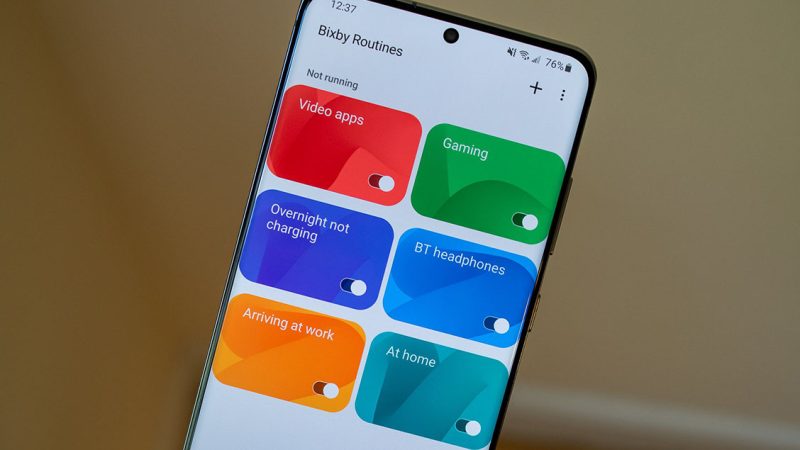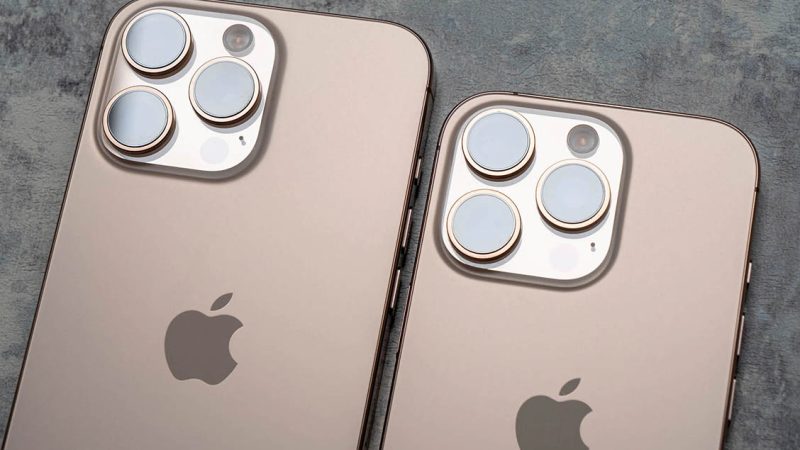iPhone 14 Pro vs. iPhone 15 Pro: A Comprehensive Comparison
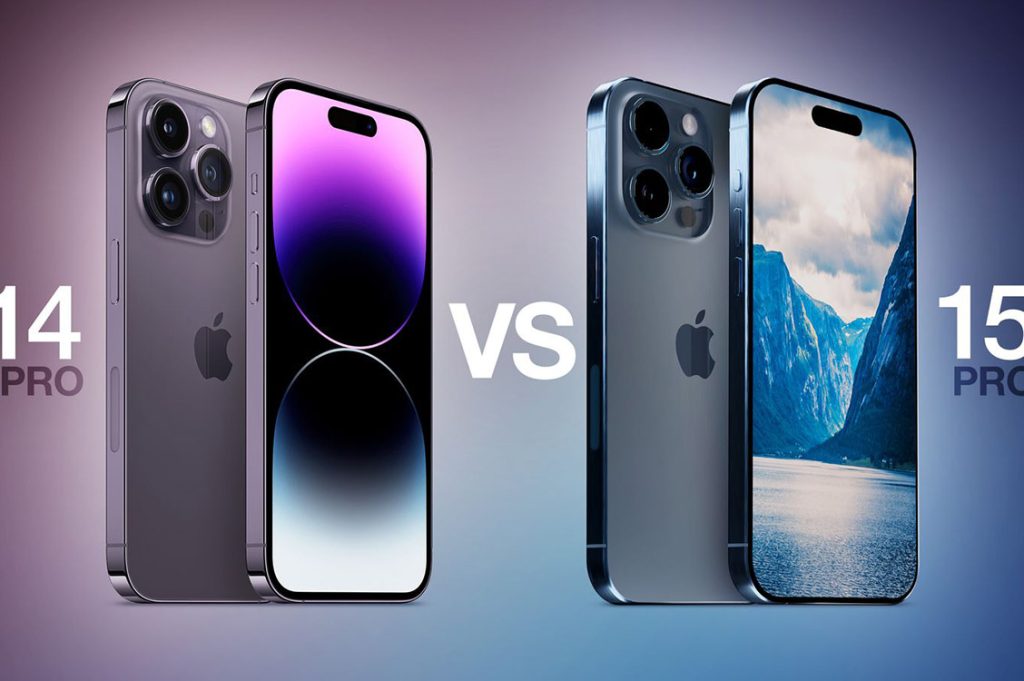
In the ever-evolving landscape of smartphone technology, Apple continues to push boundaries, introducing cutting-edge devices year after year. With the release of the iPhone 14 Pro and iPhone 15 Pro, Apple enthusiasts and tech aficionados find themselves immersed in the perennial debate of choosing between the latest iterations.
The iPhone 14 Pro, a flagship from Apple’s 2022 lineup, entered the scene as a significant contender, boasting a slew of enhancements in design, performance, camera capabilities, and software innovations. However, just a year later, the iPhone 15 Pro joined the fray, promising further refinements and enhancements over its predecessor.
Both devices epitomize Apple’s commitment to technological advancement and user experience. The iPhone 14 Pro set a benchmark with its exceptional features, while the iPhone 15 Pro arrived with promises of improvements, fueling anticipation among tech enthusiasts worldwide.
The iPhone 14 Pro retained the classic aesthetics Apple is known for while embracing slight modifications, offering a design language familiar yet refreshed. However, the iPhone 15 Pro introduced subtle changes, emphasizing a sleeker profile with a refined finish and more ergonomic contours. These alterations aimed to enhance user comfort and appeal.
Under the hood, the iPhone 14 Pro showcased Apple’s A16 Bionic chip, a powerful processor that delivered blazing-fast performance, smooth multitasking, and superior energy efficiency. In contrast, the iPhone 15 Pro debuted the A17 Bionic chip, promising not only enhanced processing speeds but also touted improved power management for prolonged battery life and optimized performance.
The iPhone 14 Pro stunned users with its advanced camera setup, including a 48-megapixel main lens, wide-angle, and telephoto lenses, promising unrivaled photography and videography experiences. Conversely, the iPhone 15 Pro sought to elevate this further, introducing refinements in low-light photography, enhancing image clarity, and introducing new computational photography features.
Design and Build:
iPhone 14 Pro:
The iPhone 14 Pro showcased a sleek design, combining a stainless steel frame with durable glass on the front and back. Its dimensions measured at 146.7 x 71.5 x 7.7 mm (5.78 x 2.82 x 0.30 inches), weighing approximately 204 grams (7.20 ounces). Notable design elements included a flat-edge design reminiscent of earlier iPhone models, a refined camera bump, and a notch at the top of the display housing various sensors.
iPhone 15 Pro:
Building upon its predecessor’s design, the iPhone 15 Pro maintained a similar design language, albeit with some notable refinements. It retained the stainless steel frame and glass construction but showcased subtle changes in dimensions, measuring at 146.1 x 71.5 x 7.7 mm (5.75 x 2.82 x 0.30 inches) and weighing approximately 200 grams (7.05 ounces). Notably, the major design alteration was the absence of the front notch, replaced by a Dynamic Island display housing sensors.
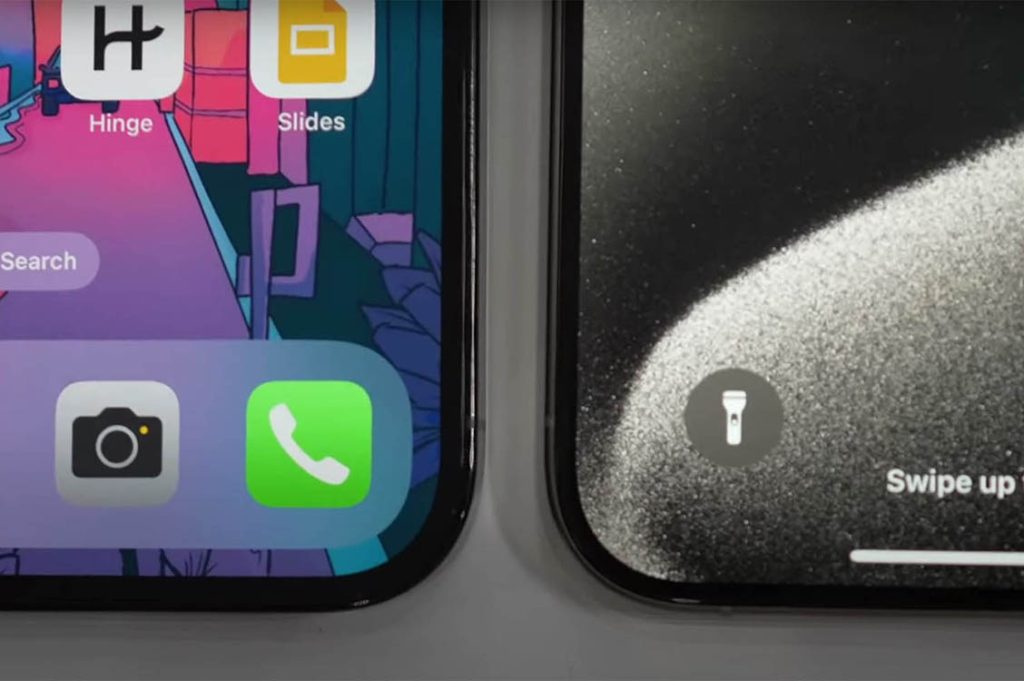
Performance and Hardware:
Processor and RAM:
The iPhone 14 Pro was powered by the formidable A16 Bionic chip paired with 6GB of RAM. This setup ensured exceptional processing speeds, smooth multitasking, and efficient power management. However, the iPhone 15 Pro introduced the A17 Bionic chip, offering enhanced processing capabilities and improved power efficiency, accompanied by an upgrade to 8GB of RAM. This upgrade aimed to elevate overall performance and responsiveness, catering to demanding tasks and resource-intensive applications.
Storage Capacities:
Both models were available with various storage configurations. The iPhone 14 Pro provided storage options ranging from 128GB to 1TB, catering to diverse user needs for data storage and multimedia content. On the other hand, the iPhone 15 Pro continued this trend, offering similar storage capacities to its predecessor, providing ample space for user data, apps, and media files.
Key Improvements:
The iPhone 15 Pro boasted substantial improvements in processing capabilities attributed to its advanced A17 Bionic chip. The enhanced processing power not only facilitated faster execution of tasks but also contributed to optimized battery performance, allowing the device to maintain its efficiency throughout the day. Additionally, the increased RAM in the iPhone 15 Pro supported seamless multitasking and smoother operation, enhancing the overall user experience compared to the iPhone 14 Pro.
Camera Capabilities:
iPhone 14 Pro:
The iPhone 14 Pro featured a sophisticated triple-camera system, comprising a 48-megapixel standard lens, a 12-megapixel wide-angle lens, and a 12-megapixel telephoto lens. This setup delivered exceptional versatility, enabling users to capture detailed shots in various scenarios. Enhanced features like Night Mode allowed for better low-light photography, while optical zoom capabilities offered up to 3x magnification without compromising image quality.
iPhone 15 Pro:
The iPhone 15 Pro maintained the triple-camera setup but introduced improvements to the sensor technology and optics. It continued with a 48-megapixel primary lens, a 12-megapixel ultra-wide lens, and a 12-megapixel telephoto lens. The significant upgrade in this model came in the form of advanced processing algorithms and sensor enhancements. These refinements contributed to improved image processing, especially in low-light conditions, resulting in sharper, more detailed photos. Additionally, optical zoom functionality was further optimized, providing clearer images even at higher magnification levels.
Advancements and Differences:
The camera improvements in the iPhone 15 Pro primarily revolved around software optimization, refining the image processing capabilities and low-light performance. While both models offered similar megapixel counts and lens configurations, the iPhone 15 Pro showcased enhanced computational photography and sensor technologies, resulting in more refined and detailed images, especially in challenging lighting conditions.
Display and Technology:
iPhone 14 Pro:
The iPhone 14 Pro sported a 6.1-inch OLED display with a resolution of 1179 x 2532 pixels, featuring a high refresh rate of 120Hz, known as ProMotion technology. This display delivered vibrant colors, deep blacks, and smooth animations, offering an immersive viewing experience.
iPhone 15 Pro:
The iPhone 15 Pro maintained the same display specifications as its predecessor, featuring a 6.1-inch OLED display with ProMotion technology and a 120Hz refresh rate. While the size, resolution, and refresh rate remained unchanged, the iPhone 15 Pro introduced advancements in display technologies and materials, ensuring improved color accuracy, brightness levels, and energy efficiency.
Improvements in iPhone 15 Pro’s Display:
Although the fundamental display characteristics remained the same between the two models, the iPhone 15 Pro incorporated refinements in display technologies, resulting in better color reproduction, increased brightness levels, and enhanced power efficiency. These enhancements aimed to deliver a more visually appealing and power-efficient display compared to the already impressive screen of the iPhone 14 Pro.
Battery Life and Charging:
iPhone 14 Pro:
The iPhone 14 Pro housed a battery capacity of 3200mAh, providing reliable all-day usage. With typical usage patterns, users could expect around 23 hours of video playback. Charging was facilitated through a 20W wired fast-charging system and supported wireless charging up to 15W.
iPhone 15 Pro:
The iPhone 15 Pro aimed to enhance battery efficiency, featuring a slightly improved battery life compared to its predecessor. With similar battery capacity, users could expect an additional hour of usage, making it more energy-efficient despite the same 3200mAh battery. Charging remained consistent, supporting 20W wired fast-charging and up to 15W for wireless charging.
Advancements in iPhone 15 Pro’s Battery and Charging:
The advancements in the iPhone 15 Pro’s battery life focused on optimizing power efficiency through software and hardware enhancements. While the battery capacity remained the same, improvements in energy management led to an extra hour of usage, providing users with a slightly extended battery life.
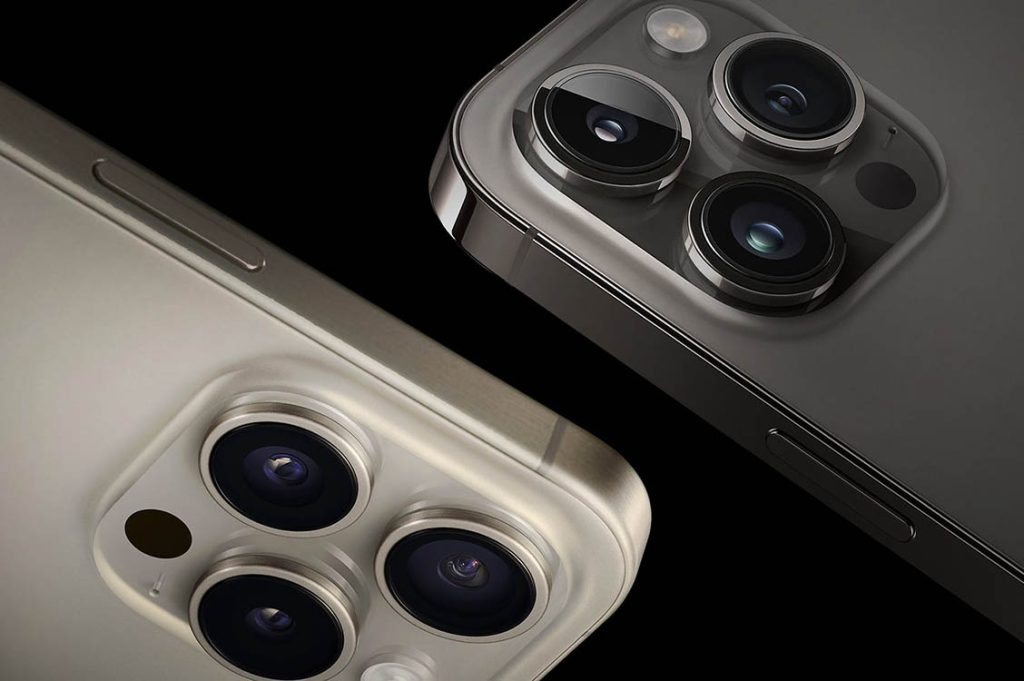
Operating System and Features:
iPhone 14 Pro:
The iPhone 14 Pro debuted with iOS 16, incorporating a wide array of features and optimizations designed to improve user experience, privacy, and functionality. iOS 16 brought enhancements to widgets, improved Siri functionality, and updates to the Health app, among various other refinements.
iPhone 15 Pro:
The iPhone 15 Pro was launched with iOS 17, introducing a series of new features and optimizations. One of the significant changes was the integration of Dynamic Island, replacing the traditional notch with a pill-shaped cutout, housing various sensors. This design change aimed to provide a more immersive and uninterrupted display experience. Additionally, iOS 17 brought improvements to camera functionalities, privacy features, and device security.
Innovations in iPhone 15 Pro’s Operating System:
iOS 17 on the iPhone 15 Pro introduced several innovative features, most notably the replacement of the notch with the Dynamic Island, streamlining the display and offering a unique design approach. Moreover, the software advancements emphasized improvements in privacy, camera capabilities, and overall device security, further enhancing the user experience.
The iPhone 14 Pro and iPhone 15 Pro, two remarkable iterations from Apple, showcase advancements in design, performance, camera capabilities, battery life, and software enhancements. Each device brings its own set of upgrades and innovations, catering to diverse user preferences.
Key Differences and Improvements:
The iPhone 15 Pro stands out with a novel design approach, replacing the traditional notch with the Dynamic Island, offering an uninterrupted and immersive display experience. While both devices boast powerful A-series chips, the iPhone 15 Pro’s A17 chip elevates performance, promising faster speeds and improved efficiency over the iPhone 14 Pro’s A16 Bionic chip.
The camera setups in both models show significant improvements, particularly in low-light photography. The iPhone 15 Pro’s 48MP standard lens and advancements in night mode capture more detailed and sharper images compared to the iPhone 14 Pro. Display-wise, while both phones sport OLED screens, the iPhone 15 Pro might offer a slightly enhanced display quality due to its Dynamic Island redesign.
In terms of battery life, the iPhone 15 Pro manages to eke out an extra hour of usage, despite retaining the same battery capacity as the iPhone 14 Pro. Additionally, both models offer consistent charging speeds and wireless capabilities.
For users seeking a more revolutionary design and updated camera features, the iPhone 15 Pro’s Dynamic Island and enhanced camera capabilities make it an appealing choice. Those valuing top-notch performance and efficiency might prefer the iPhone 15 Pro, thanks to its A17 chip and optimized battery life.
However, buyers who prioritize a more cost-effective option without compromising on quality and features might find the iPhone 14 Pro a compelling choice. It remains a powerful and capable device that still provides an excellent user experience.
